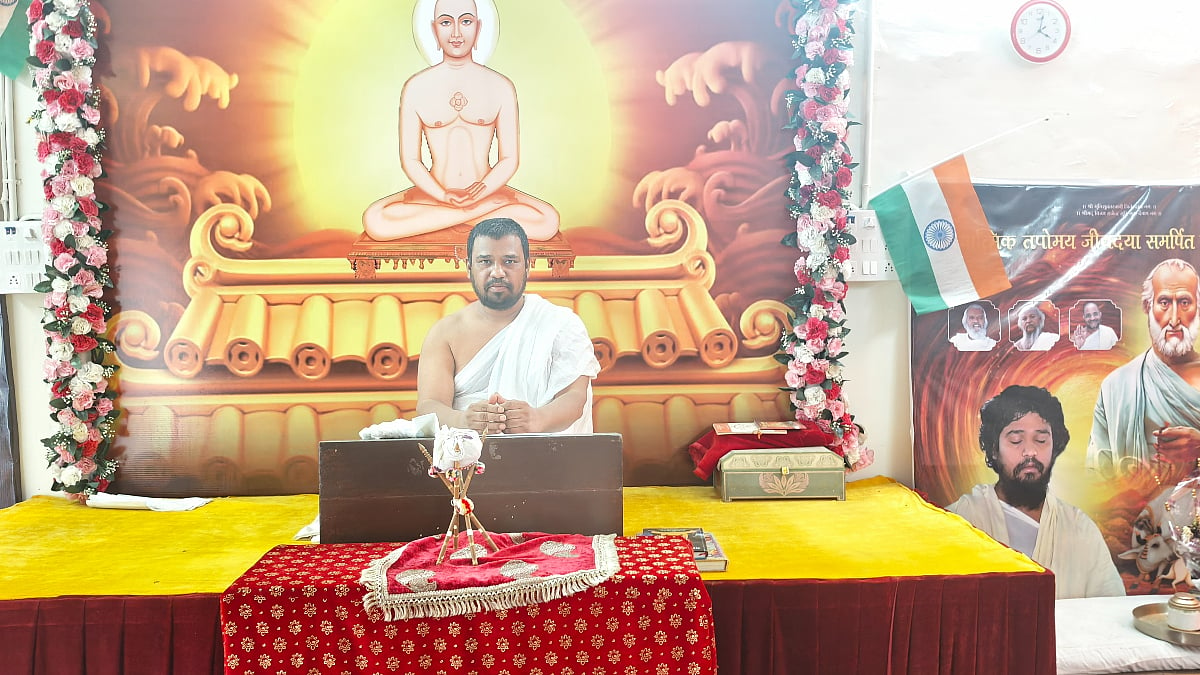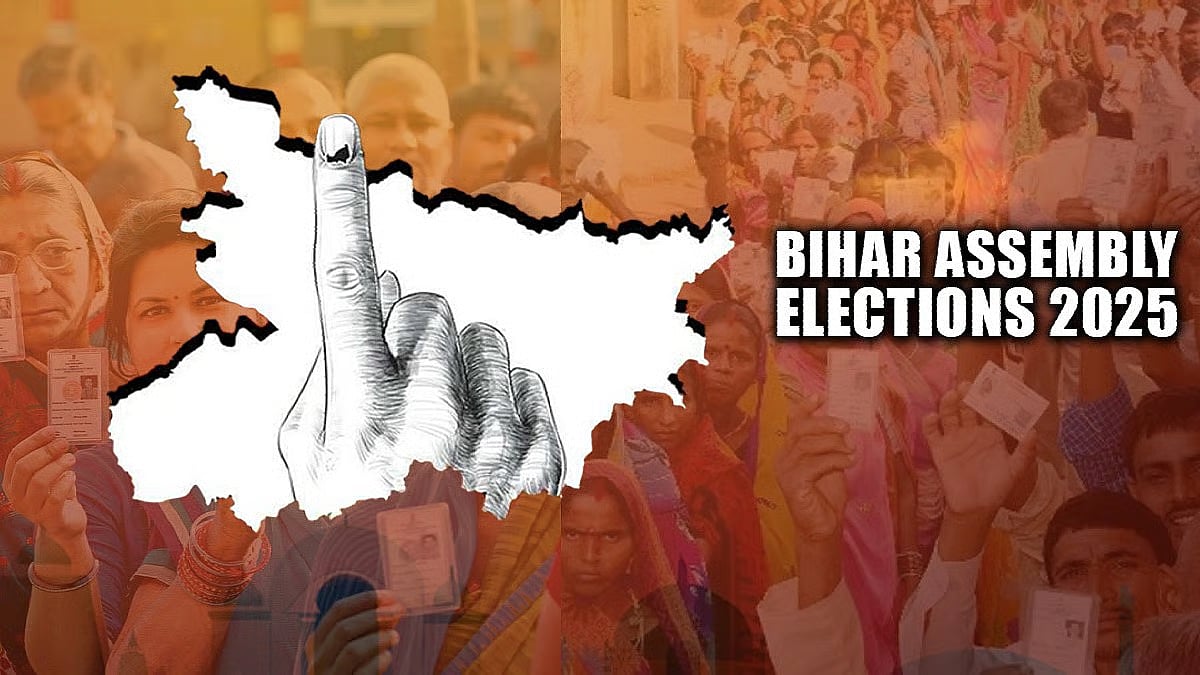In the last fortnight, Union Labour and Employment Minister Santosh Kumar Gangwar had two meetings in quick succession — one with central trade union organisations and the other with employers’ organisations. The demands they put forward offer a window into the cross-purposes at which the two are positioned in the thick of a lockdown that has halted economic activity and heaped misery on workers, particularly those in the lowest strata of the production chain — operators, loaders, cleaners and the host of roles that go to keep our systems running and supplies flowing.
The first on the list of trade unions was the simple and obvious demand to “provide more trains to transport the migrant workers stranded in various parts of the country”, with “strict implementation of labour laws…” The employers, on the other hand, asked for, among other relief, “a programme…for return of these migrant labour to work by providing counselling to alleviate their fears on COVID-19, providing financial help for their transportation, providing free groceries for about six months.” They also sought a relaxation of labour laws. In sum, government must foot a part of the wages that the workers have lost so that they can return to work.
Management and labour disagreements are, of course, given. But they now live in what appear to be almost two mutually exclusive spaces. Is it surprising then that all major unions, cutting across party affiliations, have come together for a protest strike on May 22? The protest is likely to be symbolic, given that much of the economy is still under lockdown, and in any case unions in post-liberalisation India don’t carry the same power and influence that they once did, a situation made worse by the trend towards contractualisation of the workforce.
The Annual Survey of Industries (ASI) quoted in a 2019 working paper from the Indian Council for Research on International Economic Relations notes that total employment in the organised manufacturing sector increased from 7.7 million in 2000-1 to 13.7 million in 2015-16, with over half of this increase accounted for by the growing use of contract workers. The average growth rate of contract employment at 8.39% has outstripped the growth of regular employment at 3.22% over the last decade, the paper said, as it pointed out: “These workers can be fired easily, have little or no job security and enjoy far fewer benefits in terms of health, safety, welfare and social security compared to directly employed workers. Given the deplorable conditions under which they work, a rapid increase of such jobs is unlikely to meet the challenge of productive job creation.”
This is the core of the migrant workers problem. They have subsistence levels of wages under terms that are often exploitative, unfair and dictated by a transactional arrangement that is now written into pricing models and the larger business dynamic. If they are regularised, business will complain that it will not be viable. If they are kept on contract, they will continue to be exploited. This is not counting the collective power of managements, the declining power of worker organisations and an almost endless supply of labour from rural India ready to migrate as agricultural growth has been in a limbo and offers little prospects for stable and fruitful work that can keep the home fires burning through the year.
As such, wages in industrial India and in many parts of the booming services sector are the MGNREGA of urban India. This is the abysmally weak foundation on which a large part of India’s industrial, small business and services activity runs, and it has now shown up in the kind of collective misery heaped on these workers as they flee for the safety of their homes.
The plight of migrant workers is unending. Images continue to flow in of the poor and hapless pleading to be allowed to go home. The death on Saturday (May 16) of 24 migrant workers in an accident near Auraiya, UP, is only the latest in an unending narrative of horror as a result of the lockdown. Anecdotal evidence tells us that all kinds of working hands have left the cities, often paying thousands for a seat on a truck. Mumbai is already short of electricians, plumbers, helpers and attendants. The kickstarting of the economy will depend on how many will return and how soon. The panic condition can be judged from the demands of the CII that government map workers staying locally or in shelter homes and that they be “deployed” to the nearest factories, a kind of a conscription of the workforce. One report said the CII has asked for action against workers who do not report back, a reiteration of the parallel universes in which workers and industry sit today. The outlandish demands are blind to the sensitivity that is required to respond to the unusual situation, and equally unconcerned about the damage that such language can cause and lead to more workers wanting to delay their return rather than hasten it. Why then would industry representatives put up such outlandish demands? A part of the answer lies in the mix of signals that the industry is receiving from the powers that be.
On its part, the government has announced a pan-all relief package, but an announcement is not sufficient. Effective and efficient implementation is what can turn the game. Apart from inter-ministerial coordination, we need inter-State coordination, particularly when workers are moving out of one State and moving into another. There is no reason for workers to face hardship first in moving out and then not being stopped at the borders of their home States. None of this helps fight the threat of COVID-19. This is Indian bureaucracy at its worst.
The number of people impacted is significant. Migration data is available in our Census and National Sample Survey Office (NSSO) reports. According to the 2011 census (data released in 2016), the number of migrants were counted as 45.36 crore, accounting for 37% of the population. We extrapolate data assuming 40%, given increased urbanisation, giving us a rough estimate of around 500 million migrant labourers covering intra-State and inter-State movements.
The 2011 Census reported that 62%, 26%, and 12% respectively are intra-district, inter-district and inter-State movement of migrants. Furthermore, it said 4% of the total population were inter-State migrant labourers. On a conservative estimate thus, the inter-state movement alone (not counting intra-State) currently could be in the range of 50-60 million people. Many more in addition to this are moving in-between districts.
The migrant labourers have moved from UP, Bihar, Jharkhand, Odisha, Rajasthan and West Bengal to Mumbai, Delhi, Bengaluru, Gujarat and Kerala in search of employment, particularly in the construction sector, hotels, entertainment sector as spot boys, taxi and autorickshaw drivers, etc. Many women migrants move with their husbands and work as house maids or street vendors.
Make no mistake – this is a historic reverse migration across the plains of India, amid the heat and dust, with a virus lurking, and amid unprecedented misery of the kind that in some images at least mimics the horrors of Partition. There are dashed dreams but also angry memories of the loss of dignity and respect, of how poorly the poor were treated, the complete lack of help and how this experience will define their attitude to work and migration from here on.
In the light of this, the withdrawal of protection afforded by the labour laws, as demonstrated by several States, is a signal not to fix the problem of migrant workers by moving the economy towards more formalisation but an indication of a skewed power balance that does not bode well for India walking the path of growth and development that is inclusive, sustainable and takes along its weakest. The workers can be pushed today but it won’t be long before they push back.
Rattanani is a senior journalist and Pattnaik, a former Central banker. Both are faculty members at SPJIMR.
Syndicate: The Billion Press
e-mail: editor@thebillionpress.org










